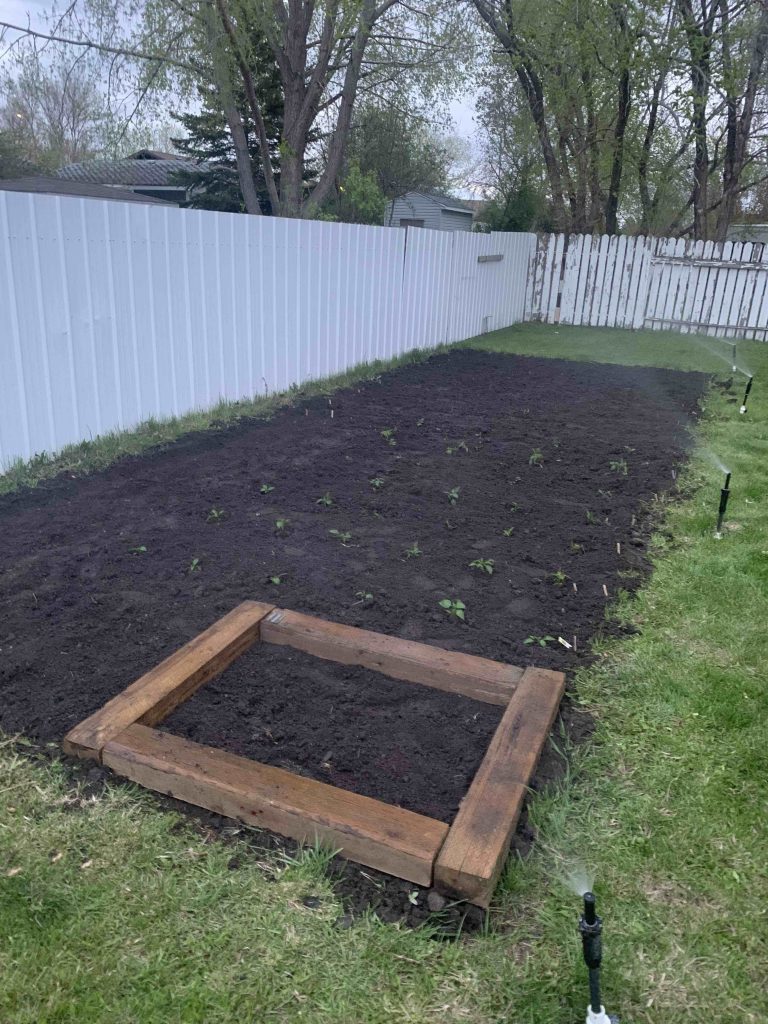Digital Citizenship is defined as the continuously developing norms of appropriate, responsible, and empowered technology use. Mike Ribble separates this further into nine elements that constitute digital citizenship. These are digital access, digital commerce, digital communication and collaboration, digital etiquette, digital fluency, digital health and welfare, digital law, digital rights and responsibility, and digital security and privacy. Digital citizenship is something that is at the forefront of society due to the relevance and interconnectedness of technology in all aspects of our daily lives. Because of digital technology’s presence in society, I believe it is essential that students are taught how to navigate the rapidly moving digital present, consciously and reflectively.

I believe the Saskatchewan curriculum presents many opportunities for educators to creatively incorporate digital citizenship into multiple grades and multiple subject areas. For example, the Grade 7 Health curriculum has ample opportunity to bring in digital citizenship. Outcome USC7.1 has students establish and use strategies to commit to and act upon personal standards for various aspects of daily living over which an individual has control. This outcome would be an excellent opportunity for students to learn and discuss digital etiquette. Similarly, outcome USC8.5 would be a great conversation starter to discussing digital health and welfare and the presence of photo-shop online. This outcome has students assess how body image satisfaction/dissatisfaction and over-reliance on appearance as a source of identity and self-esteem affects the quality of life of self and family.
The social studies curriculum also presents many opportunities to incorporate digital citizenship. For example, outcome IN7.3 has students examine the relationship of technology to globalization. Here students could also examine the importance of digital commerce and digital access. Digital citizenship could also be incorporated through projects and presentations students complete in the classroom. After a lesson on digital law and discussing consequences of copyright, plagiarizing, and the associated penalties, students could be tasked with creating a presentation (this would work for any subject). In this presentation, they could be assessed on the successful use of public domain, only utilizing copyright-free imagines, music, and videos, ensuring the students are following all intellectual property rights laws.

As a future educator, I can see myself incorporating digital citizenship throughout the classroom, activities, and assignments I conduct. As society continues to evolve and change, technology and the internet are only becoming more pertinent.
Digital Citizenship Education in Saskatchewan Schools. Government of Saskatchewan.

